Note: US citizens are now permitted to enter Kenya with a negative COVID-19 test. They must not have a body temperature or exhibit flu-like symptoms.
“You know you are truly alive when you are living among the lions.
–Karen Blixen
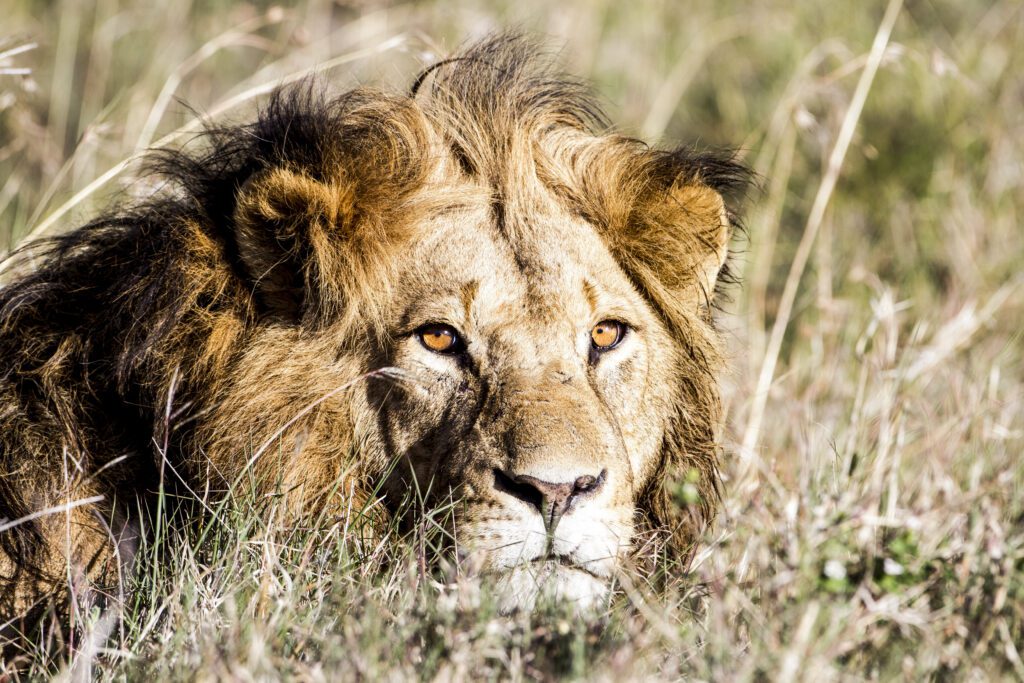
What a disappointment to discover at breakfast that I am the only guest who did not hear the lions last night. After a day of dusty safari drives and heart-pumping animal sightings, I’d fallen soundly asleep to the euphony of frogs and crickets—an apt lullaby. But, sadly, I’d missed the lions.
“What do they sound like?” I ask my Micato Safaris guide, Denis Simi, who has accompanied me to Eden-like Segera Retreat, a safari lodge, located 13-miles above the equator in northern Kenya, a lesser stomped alternative to Kenya’s safari heartbeat, the Masai Mara National Reserve.
On a solo safari, accompanied by Denis, I’ve settled into this intimate enclave, originally built as a home for former Puma CEO, Jochen Zeitz.
“They mwumph,” he murmurs in timbre more purr than thunder. (Micato Safaris’ guides know everything and can mimic every animal.) “Mwumph,” I say, trying to make the sound myself.
We laugh. I’m not very good at it. “Maybe you’ll hear them tonight,” Denis says encouragingly. He’s always hopeful.
What we see varies: sneaky jackels, cheetahs in profile atop rocks, scores of colorful birds, elephants aplenty.
On a solo safari, accompanied by Denis, I’ve settled into this intimate enclave, originally built as a home for former Puma CEO, Jochen Zeitz. Hewed into 50,000 Acacia-mottled, wildlife abundant acres of bushland, awash in red dirt and bumpy roads, it holds just a handful of posh, thatch-and-timber villas and cottages. With a contemporary aesthetic, the residential compound holds Zeitz’s stunning collection of African art and Africana—think: antique, touchable thumb-worn maps and original letters by Blixen, Hemingway, Doctor Livingstone and others and the actual plane used in Sydney Pollack’s Out of Africa.
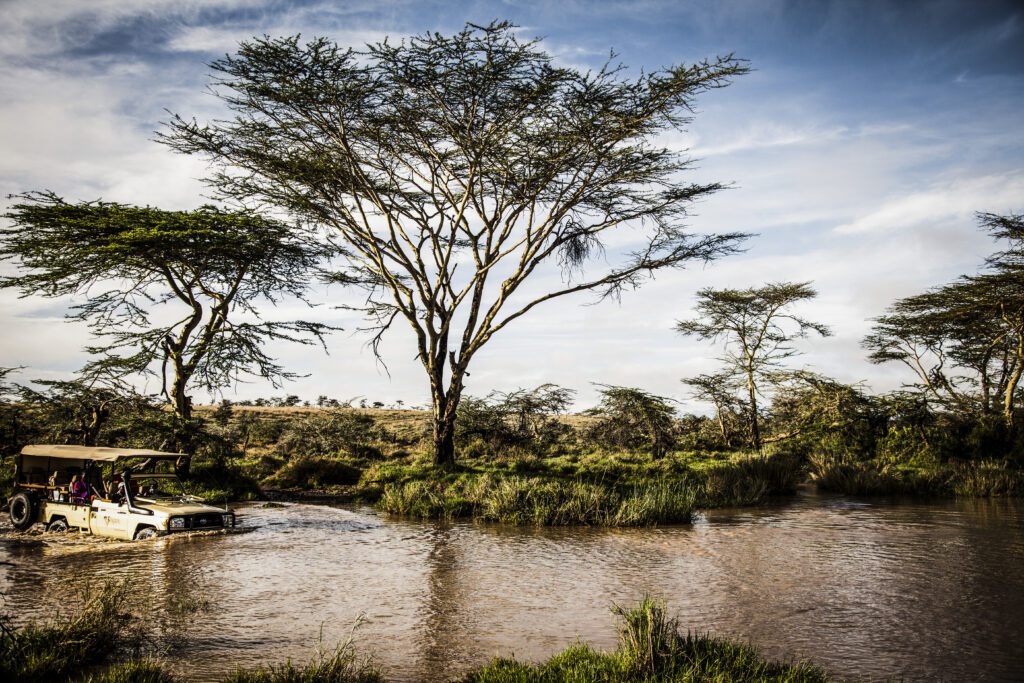
A sun-dappled spa featuring treatments with indigenous plants, a sculpture garden, a wine tower loaded with 2,500 bottles of African wine, a twinkling salt-water pool that mimic’s a bushland pond and lavish common rooms, rooted in modern interpretations of African motifs, combine to redefine the concept of safari camp. Though in every direction, the untrammeled landscape steals the show. At Segera, I don’t even have to go out in the jeeps or do a walking safari with my guide to see animals. One day, with a deadline to fulfill, I make a temporary office on my expansive terrace, just beside my outdoor bath tub. Suddenly, the roar of thumping hooves disturbs my concentration. A dazzle of zebra gallop in front of my Kenyan office, so close I can hear them snort and snuffle, and see their velvety equine noses. Another day, I go for a walk and run into a tower of giraffe, just, right there, near the garden.
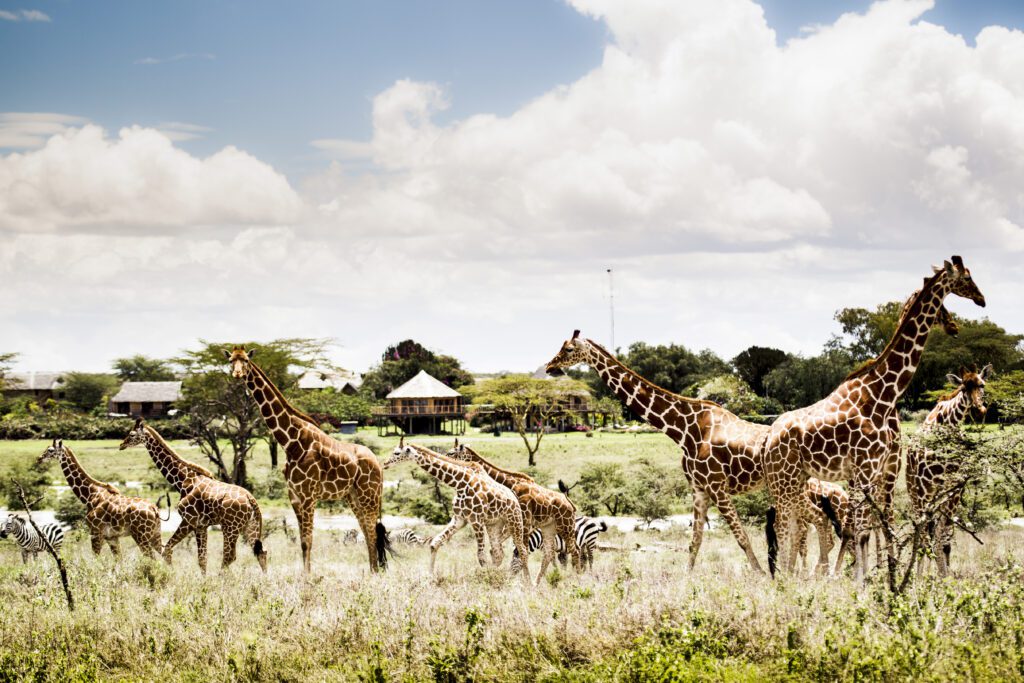
When Zeitz bought the property, a former cattle ranch, in 2006, he tore down more than 300-miles of fences, reopening a centuries-old wilderness highway. This provided the opportunity for wildlife to roam freely between Mount Kenya and Aberdare National Parks. He instituted organic gardens, wildlife monitoring paraphernalia, added solar power, and began harvesting rainwater. He hired his neighbors, members of the Samburo, Borana, and Turkana communities as his employees at the resort. Not just an environmental advocate, but a local activist, Zeitz prioritized education, and established workshops and job training seminars in the villages, as well. Embracing local culture, he offers guests the chance to visit the village school, proctor Patas monkeys or rare Grevy’s zebra and help in reforestation efforts.
My attendant, James, has turned my swinging, garden day bed into a mosquito netted canopy, an outdoor princess bed, surrounded by lanterns.
Everything I do at Segera transforms me. In the end, I live for the late afternoons at Segera, where I join my Micato guide, Denis, and my Segera driver, Francis, on daily rollicking rides along deep-rutted trails. What we see varies: sneaky jackels, cheetahs in profile atop rocks, scores of colorful birds, elephants aplenty. What remains consistent, however, is our sundowner ritual. A few moments before sunset, we park at an eye-popping location (atop cliff, beside a waterfall, amid a limitless field beneath a tree) and roll out a blanket. Sipping wine, eating snacks, we sit in silence, waiting for the sun to fall, its fusillade of pastel hues discharged into the sky. Somehow we always stay too long, and Francis speeds us back to safety within the compound.
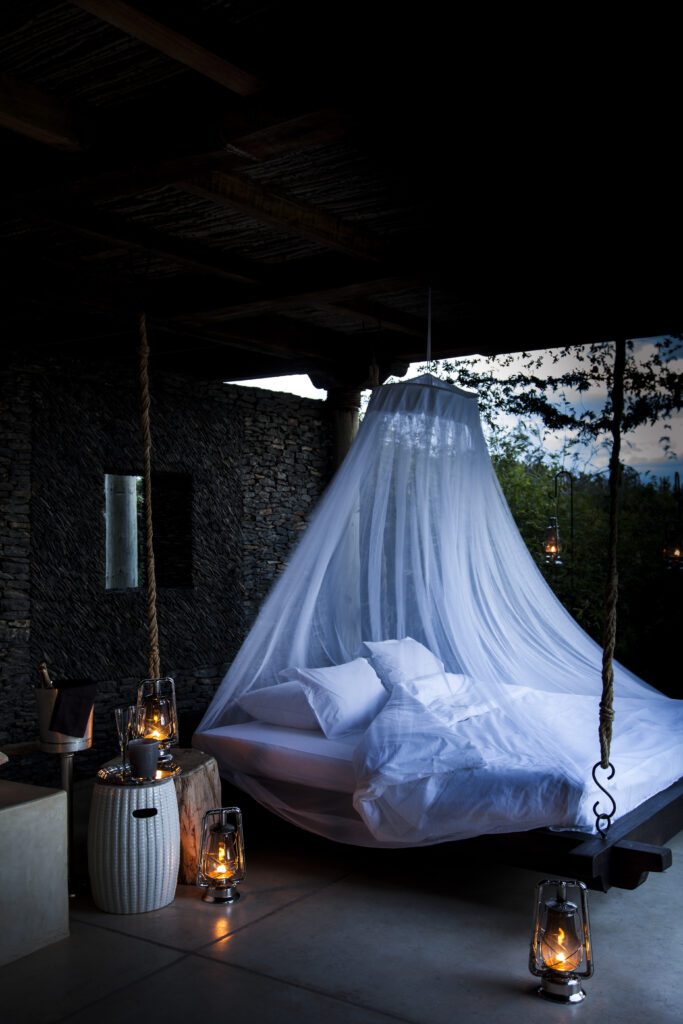
By my last night, I still haven’t heard the lions. I’m sleeping far too well. But, after dinner, I return to my villa to discover a surprise. My attendant, James, has turned my swinging, garden day bed into a mosquito netted canopy, an outdoor princess bed, surrounded by lanterns. He has littered it with fragrant rose petals. And, there’s a note: “I hope you hear the lions tonight.” I know there’s an electric fence surrounding the villas and legions of guards, but I’m tremulous. Should I dare? After just a second of deliberation, I climb into bed in the bush the stars glimmering above. It’s cozy, romantic and exciting. I try not to sleep. I just listen—until, slumber comes.
I dream of lions—and they mwhumph.
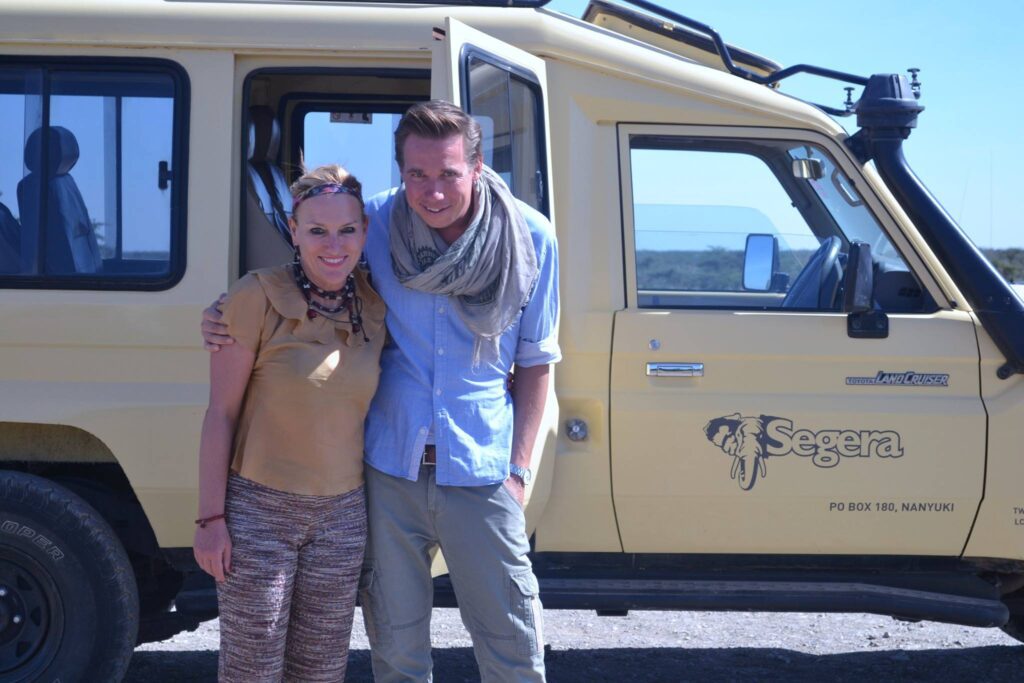
Safari:
For five decades, Nairobi-based Micato Safaris has set the standard for luxury safari adventures. Travel & Leisure has honored them numerous times as World’s Best Safari Outfitter. Their safaris across Africa use top hotels, like Segera Retreat.
